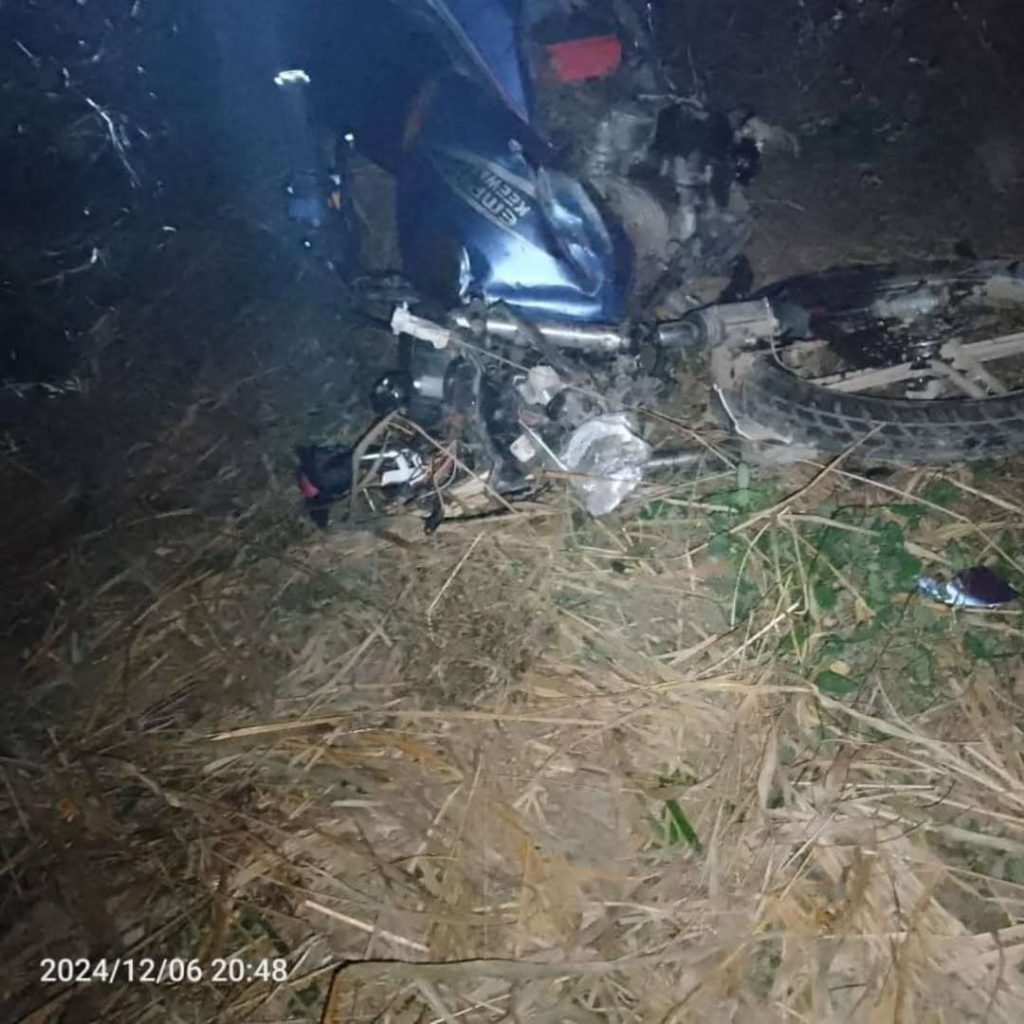December 9, 2024, 12:38 PM
December 9, 2024, 12:38 PM
After five decades of searches and procedures, Bolivia recovered the painting Santa Barbaraa work of baroque painter Leonardo Floresstolen in 1974 from the parish of Puerto Acosta, in La Paz.
The canvas, of incalculable heritage value, traveled more than 20,000 kilometers through four countries before being restored on December 6 in an event that took place in Santiago de Chile.
The story of Santa Barbara began with his disappearance in the seventies, an event that shocked to the community of Puerto Acosta, in the Camacho province of La Paz.
In fact, the inhabitants of that municipality of La Paz raised on several occasions the return of the painting that belongs to the La Paz pictorial school that was developed in colonial times.
The oil on canvas, painted by Flores in 1684, had been auctioned in Brazil and acquired illicitly by a Chilean-American collector, who, without knowing its illegal origin, subsequently moved it to New York. There, it was even facilitated for international exhibitions, until he finally ended up in Chile.
The restitution was possible thanks to the intervention of experts and international organizations. A person familiar with the work identified the painting in New York and alerted the United States Homeland Security. The authorities reported in the act of restitution of this work.
This activated an investigation coordinated by Interpol, the Public Ministry of Chile and the Investigative Police (PDI).
Authenticity certification
One of the most complex challenges was confirming the authenticity of the painting, given the absence of historical inventories to support its origin.
A technical analysis was used using X-ray fluorescence spectroscopy, a procedure standardized by Interpol and UNESCO. This analysis allowed us to determine the composition of the pigments used by Flores, corroborating their manufacture in the 17th century and their belonging to the cultural heritage of Puerto Acosta.
In addition, interviews were conducted with former custodians and members of the community, who provided key testimonies to link the work with its place of origin.
A return expected for decades
The COVID-19 pandemic interrupted recovery efforts, but the residents of Puerto Acosta kept the claim alive.
In 2023, diplomatic procedures were reactivated, led by the Ministry of Cultures and the Bolivian Foreign Ministry. FFinally, Santa Bárbara was located south of Santiago de Chile and formally returned in an act that brought together representatives from both countries.
The Consul General of Bolivia in Chile, José Pinelo, and the head of Interinstitutional Relations of the Ministry of Cultures, Deysi Villca Condori, led the Bolivian delegation.
On the Chilean side, the Deputy Undersecretary of Foreign Affairs, Rodrigo Olsen, and the national head of Crimes against the Environment and Cultural Heritage of the PDI, Marcelo Rebolledo.
With your return, Santa Barbara becomes a symbol of cultural resilience and reinforces the importance of international cooperation in the protection of historical heritage.
This painting is expected to return to national territory in the coming days.
















